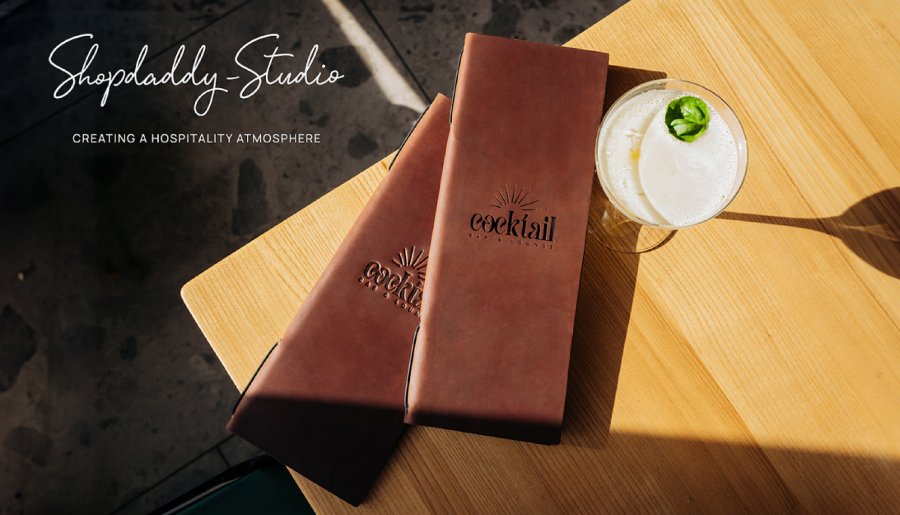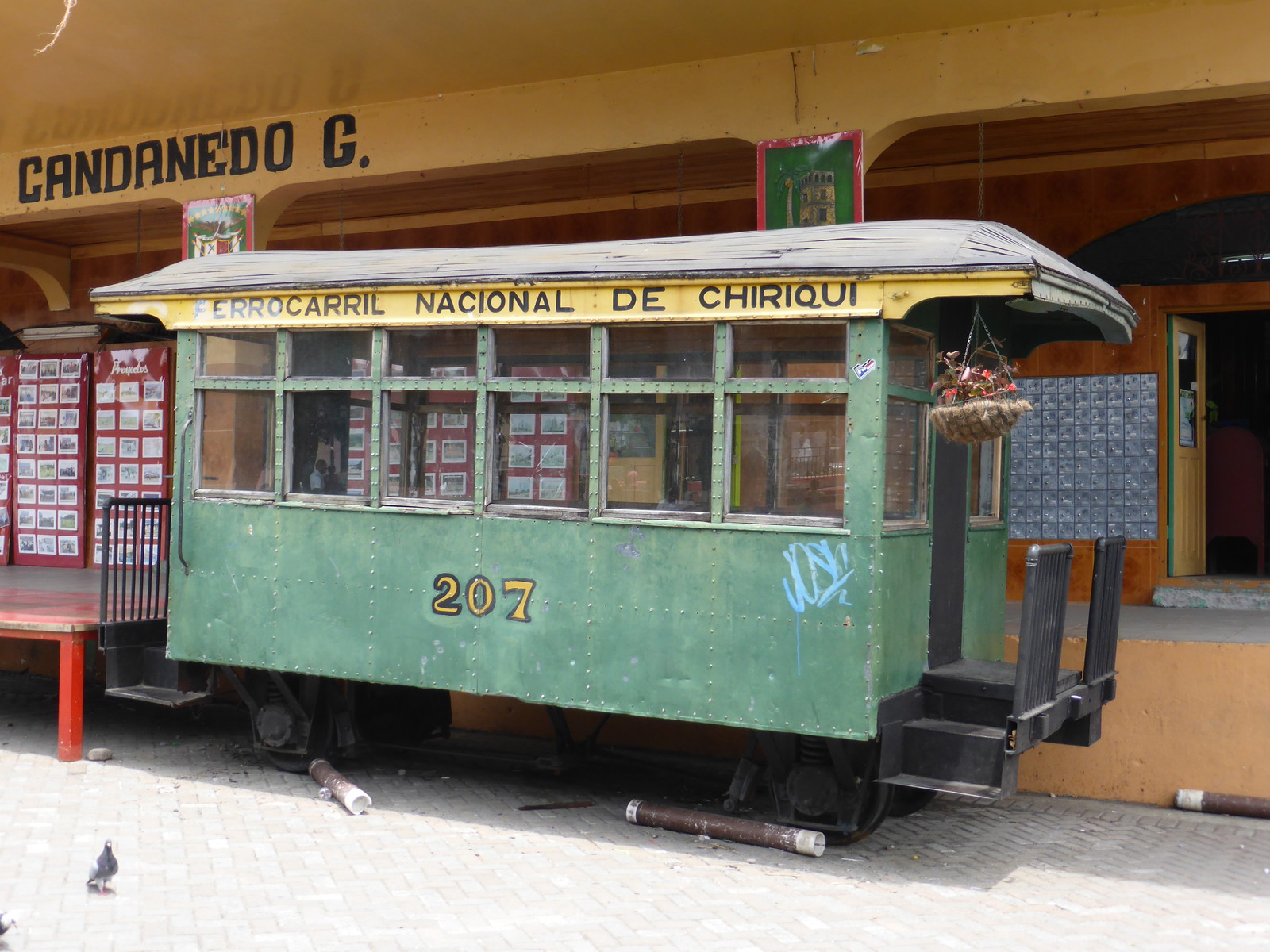Menu Holders: Small Details That Define the Guest Experience

In the world of hospitality, every detail matters. From the choice of lighting to the arrangement of cutlery, each decision influences how guests perceive a venue. While many elements of design and service receive attention, one often underestimated accessory plays an essential role in shaping first impressions—the menu holder.
Far from being a simple frame for paper inserts, menu holders are a tool that conveys professionalism, reinforces brand identity, and enhances the overall dining experience. In modern restaurants, cafés, and hotels, a menu holder has become as much a part of interior design as the furniture or the décor.
Why Menu Presentation Matters
When guests sit down, the first object they usually interact with is the menu. That initial touchpoint sets expectations for everything that follows. A carefully crafted holder—solid, elegant, and well-kept—signals quality and care. A flimsy or worn-out alternative, on the other hand, can create doubts before the first order is placed.
Hospitality studies repeatedly show that guests form lasting impressions within minutes of arrival, and the presentation of the menu is central to that judgment. Even small details in menu presentation shape the guest’s perception of value, service, and atmosphere.
Materials That Communicate Identity
The choice of material for a menu holder says as much about a restaurant as the colors on the walls or the music playing in the background. Each option carries its own associations:
- Leather: synonymous with tradition, craftsmanship, and durability. Perfect for fine dining establishments where elegance is paramount.
- Recycled leather: stylish and eco-conscious, increasingly favored by modern eateries appealing to younger, sustainability-minded guests.
- Wood: warm, rustic, and tactile. A natural choice for breweries, steakhouses, or venues emphasizing authenticity and closeness to nature.
- Acrylic and metal: sleek, contemporary, and versatile. Often found in cocktail lounges, rooftop bars, and venues with a modern, urban edge.
The material does not only protect the paper inside—it frames the entire guest experience.
Functionality and Practical Use
While design and material are important, menu holders must also serve the needs of a fast-paced restaurant environment. They are handled dozens, sometimes hundreds, of times a day, which makes durability essential.
Practical binding systems—elastic bands, corner tabs, metal rings, or magnetic closures—make it easy for staff to update menus quickly. Restaurants with seasonal specials, rotating wine lists, or constantly changing cocktail offerings benefit most from these flexible solutions.
Durability is equally important. A well-made holder will withstand years of use, reducing replacement costs and maintaining consistency in presentation.
Sustainability as a Core Value
Sustainability is no longer a trend; it is an expectation. Guests are increasingly conscious of how their choices affect the environment, and they expect the same awareness from the venues they visit. Holders made from recycled leather, FSC-certified wood, or other eco-friendly materials align with this demand.
For restaurants positioning themselves as socially responsible, sustainable accessories reinforce that identity. They tell a story of values, not just of design. In an era where guests often share their experiences on social media, these details become part of a restaurant’s narrative and reputation.
Branding Through Customization
A menu holder becomes more than an accessory when it carries the mark of the restaurant itself. Customization—whether through blind debossing, foil stamping, engraving, or printing—turns a functional item into a branding tool.
Research in hospitality branding shows that guests perceive customized menu accessories as more professional and trustworthy, often associating them with higher-quality service. A simple logo embossed in leather or engraved in wood provides recognition, strengthens loyalty, and creates consistency across every touchpoint of the guest journey.
Customization also allows flexibility of style. Minimalist cafés may prefer subtle branding, while fine dining establishments might opt for metallic foils or embossed patterns that convey luxury. Each approach deepens the connection between the guest and the venue.
The Economics of Quality
Some operators hesitate to invest in premium holders, considering them a secondary expense. However, long-term economics favor quality. Disposable menus require constant reprinting, and cheaper holders wear out quickly, leading to recurring costs.
Case studies suggest that switching from paper-only menus to durable holders can reduce menu-related expenses by up to 50 percent annually. The durability of well-crafted holders means fewer replacements, and the ability to update inserts ensures flexibility without constant reinvestment.
Moreover, refined presentation influences how guests perceive pricing. When dishes are listed in stylish, professional holders, higher menu prices are often accepted as consistent with the overall quality of the experience.
A Part of Interior Design
Interior designers and architects increasingly treat menu accessories as part of the restaurant’s visual language. Just as lighting, furniture, and décor define the atmosphere, so too do the details placed directly in front of guests.
A rustic lodge might use wooden holders with visible grain to echo natural surroundings. A minimalist venue could prefer soft recycled leather in muted tones. A contemporary bar might rely on glossy acrylic holders that showcase bold graphic menus. Each choice reinforces the design concept and completes the space.
Looking Ahead
The role of menu presentation tools in hospitality will continue to evolve. Trends point toward further integration of sustainable materials, hybrid designs that combine traditional presentation with digital features like QR codes, and more advanced personalization techniques.
What remains constant is their importance as both functional and symbolic objects. The menu is the guest’s introduction to the dining experience, and the holder frames that introduction.
Conclusion
In hospitality, no detail is too small to matter. Menu holders—once seen as simple protective cases—now stand at the intersection of function, design, and brand storytelling. They influence first impressions, support sustainability, reduce costs, and enhance the overall atmosphere of a dining experience.
For restaurateurs, hoteliers, and café owners, investing in the right holder is not just a design decision. It is a strategic move that shapes how guests see, feel, and remember their time at the table.





